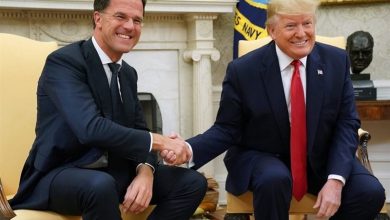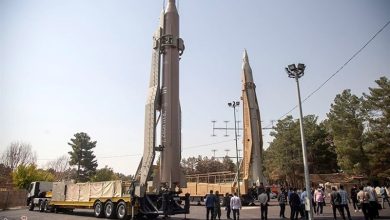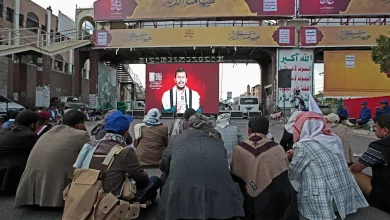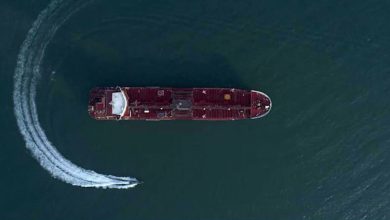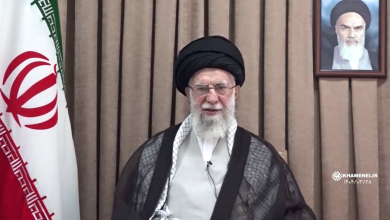The Islamic Revolution, so young, and yet so old
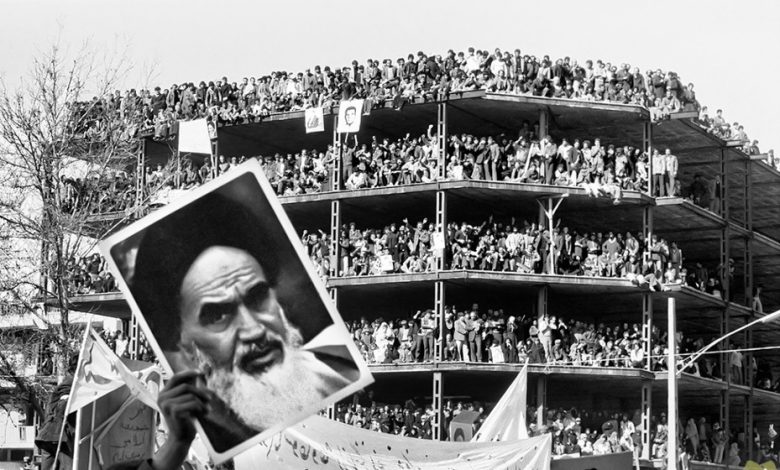
The sapling of the Islamic Revolution, nurtured by the blood of more than 60,000, finally bore fruit after years of unrelenting and continuous struggle amidst the cries of independence and freedom. With the collapse of the oppressive monarchic system and the defeat of domestic tyranny, the Iranian nation succeeded in annihilating the calculations, relations, and institutions of imperialism. The 1979 Revolution opened a new chapter in the history of resistance and mass popular revolutions in the world.
The determinative characteristic of this revolution, compared to other uprisings of Iran during the 20th century, is its ideological and Islamic nature. After experiencing the anti-despotic constitutional insurgency and the anti-colonial uprising for the nationalization of oil, the Muslim nation of Iran learned the invaluable lesson that the specific and essential reason for the failure of those uprisings was the non-doctrinal quality of the struggles. The alert conscience of the nation, under the precious leadership of the source of religious emulation, the exalted Grand Ayatollah Imam Khomeini, identified the necessity for following the path of an authentic, doctrinal, and Islamic uprising. The uprising of the Iranian nation has been not only about Western exploitation of national resources but rather an intersection of many different issues such as discrimination, marginalization, and most importantly, from a broader perspective, the hostility of liberal imperialism in monopolizing force, justice, and truth to the benefit of the powerful.
History evolves to resolve; it develops through a dialectical process for real to become rational and rational to become real. Thus, the Islamic society has become the physical manifestation of the spirit of the Islamic Revolution as individual conscience has risen to its height against oppression and exceptionalism. That alone pretty much explains political Islam and sets the agenda for its foreign policy vis-à-vis an international society that up to its waist is in the stomach of neoliberal dominion.
Now for more than a century, communities are subordinated as periphery to the imperialist core. Neoliberalism advocates for a system of division of labor under which the West would contribute technology, oil-rich states capital and market, and other nations labor; The Islamic Iran has been launching satellites into orbit, quite for some time now. The imposition of imperialist borders has divided the people with the same history, culture, and language as a divide and rule strategy; the Islamic Revolution has given them a supranational identity. If invasion, occupation, and plunder objectively are judged as evil, in such a context resistance shouldn’t be merely seen as a political necessity but rather as a moral duty. Therefore, the Islamic Republic faces the task it ideologically is based upon: resisting oppression and defending the oppressed.
The Revolution is young as 42 years old. A year after it was born, both superpowers of the then bipolar world, the United States and the Soviet Union, started backing the Iraqi dictator and his campaign of bombing Iranian cities with chemical weapons of mass destruction he owned from the West. But the Revolution never bandwagoned with any superpowers. It withstood alone, for, at its birth, it was as old as more than 2,500 years history of civilization.
The most promising basis for international peace, stability, and cooperation is the legality of the use of force monopolized by a hegemon, some political scientists argue.
Imperialism could only be justified under the disguise of such a political philosophy. The Islamic Revolution, however, changed the structure of international politics. There is no power nor strength, we believe, except in Allah, the Lofty, the Great.
Source: Press TV

